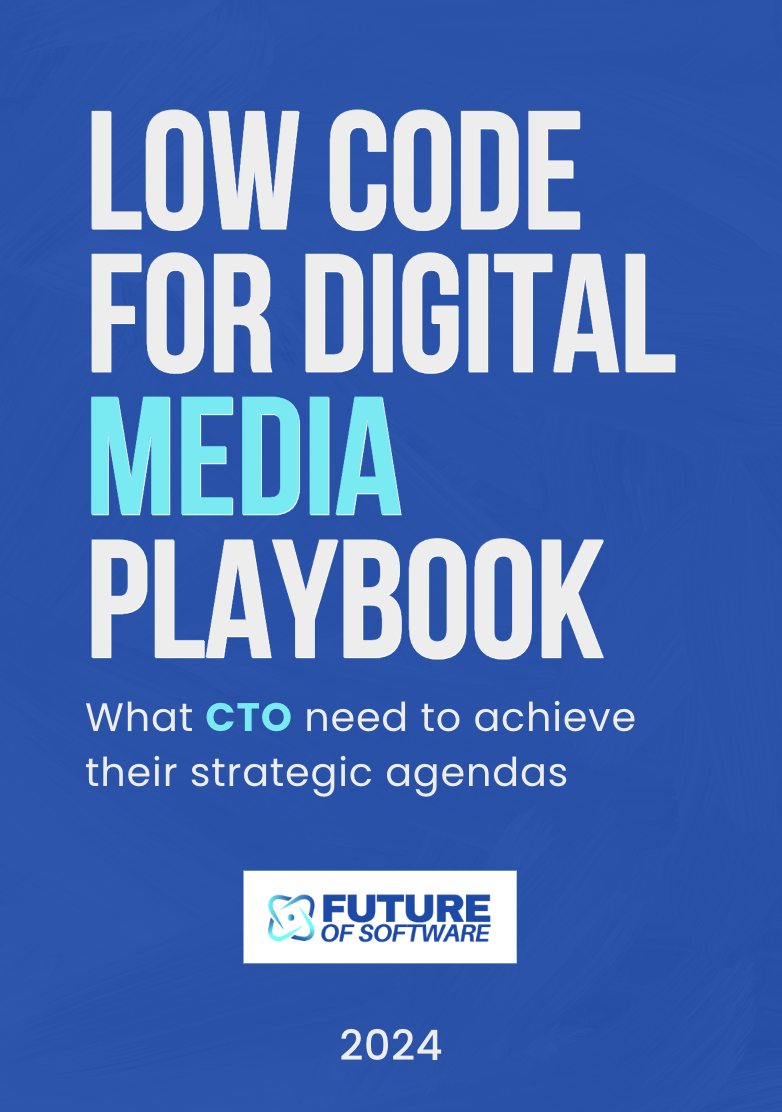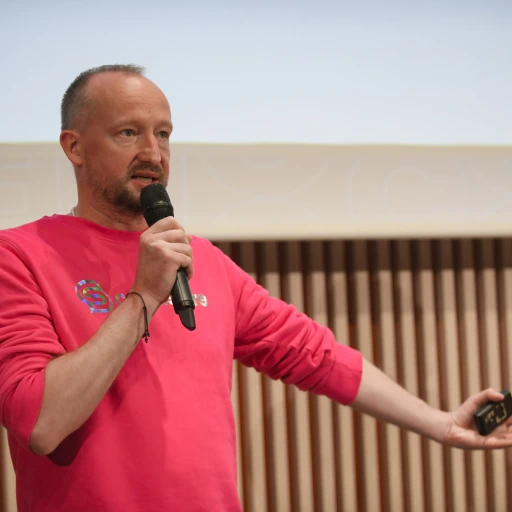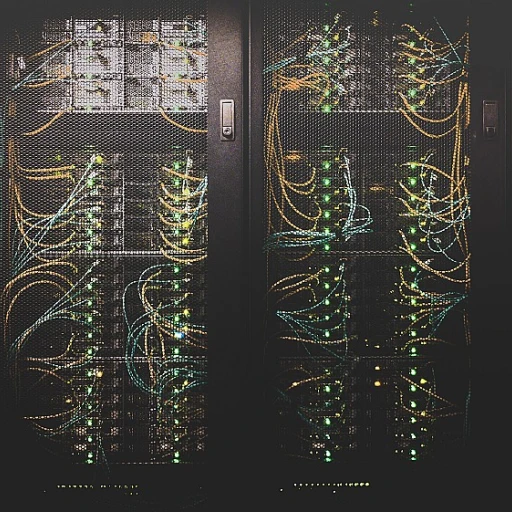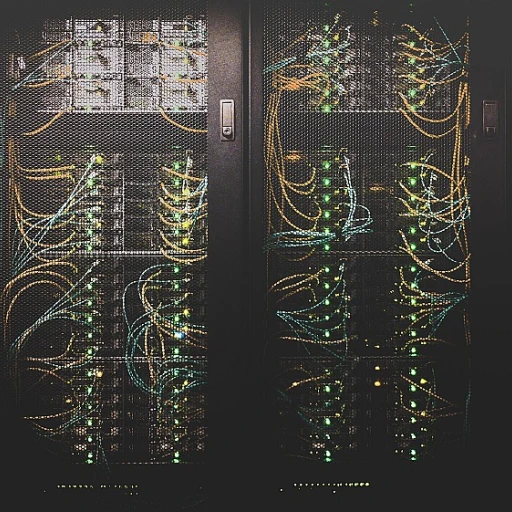User-Centric Design: Putting People First
Designing with Users in Mind: A Forward-Thinking Approach
User-centric design is all about putting people at the heart of software development. It’s the art and science of creating products that not only meet user needs but also enhance their daily interactions with technology. It's not just a trend; it's becoming a standard practice in product design and engineering. Anyone working in app development or product design can tell you that the user experience is paramount. People want apps that are intuitive, fast, and reliable. They want software that works seamlessly across devices, no matter where they are. This demand extends beyond the user interface into the very code and data that form the backbone of digital products. The rise of agile and iterative design trends supports this user-driven approach by allowing developers to make real-time changes according to user feedback. This method keeps the development cycle flexible, ensuring that the app continually adapts to users' preferences and behaviors. Ethical considerations are also playing a larger role in how software products are designed. Standout apps are those that prioritize privacy and security, earning users' trust. This awareness is crucial in a world where data breaches and privacy concerns are too common. These development trends signify a movement towards creating software solutions that do more than just fulfill business goals. They're about respecting users and understanding that end products must solve real problems without compromising personal data. For those interested in how these trends translate in specific industries, the future of software in financial services showcases practical applications of these principles. Understanding these areas is key to staying ahead in the market and creating software solutions that stand the test of time.AI and Machine Learning: Transforming Design Processes
AI Taking the Wheel in Design
AI is not just a buzzword—it's revolutionizing the software product design landscape. With machine learning, developers can predict user behavior and personalize experiences in real time. Imagine an app that adjusts its interface according to your preferences, like a digital personal assistant. AI tools are speeding up the design phase, analyzing large amounts of data to identify patterns far beyond human capability. This means software development is more efficient, giving businesses a competitive edge and propelling products into the market faster. As AI technologies evolve, there are countless possibilities. For instance, low-code platforms enabled by AI allow designers with little to no coding skills to create complex applications. Code development becomes collaborative—humans and AI working together to produce innovative and user-centric software products. For more on the pivotal role of AI in reshaping software careers, explore our future of software engineering careers post.Toward a Greener Digital Age
Sustainability isn't just for recycling bins—it’s an essential consideration in software development. As climate concerns weigh heavily, the push for green technology is stronger than ever. By focusing on sustainable design, software products are not only better for the planet but also resonate with eco-conscious consumers. Developers are leveraging cloud technology and edge computing to make applications more energy-efficient. By reducing server demand and enhancing processing near user devices, applications consume less power and perform better. Moreover, sustainable design principles are ingrained in the planning stages. Development trends now include minimizing resource use and creating adaptable applications that require fewer updates over time, reducing the digital carbon footprint alongside enhancing user experience.Agile and Iterative: Rapid Response Culture
The days of rigid software development are gone. Today, it’s all about being agile and iterating quickly to keep up with changing markets and user demands. Agile methodologies facilitate a culture of feedback, allowing teams to improve products continuously based on real-world user interactions. This iterative process champions flexibility. Developers release prototypes, gather user feedback, and refine the product in short cycles. This reduces time-to-market for new software and leads to solutions that genuinely meet user needs—quickly adjusting to any unexpected changes or issues. By fostering such adaptability, businesses ensure they're not just keeping up with trends but anticipating them, allowing users to enjoy seamless, personalized software experiences. Engaging in this way strengthens trust and loyalty, key components for any successful software product in today's fast-paced market.Sustainable Design: Building for a Greener Future
Think Greener Design
Sustainability isn’t just a buzzword. It’s a call to action. As software development sprints into the future, it’s seen pivotal changes that prioritize our planet’s health. Developers are now focusing on how their product design impacts the environment, leading to trends that emphasize sustainable practices. This angle not only helps the planet but resonates with users who crave responsible products. Efforts to boost sustainability manifest in various forms. Product design is moving towards energy-efficient code and cloud solutions, recognizing the carbon footprint attached to massive data centers. Open-source and low-code options also leave less digital waste, easing the app development process while being eco-conscious. By adopting green strategies, software products become both efficient and planet-friendly. Moreover, emphasis is placed on minimizing digital obsolescence. It’s vital to create software products that aren’t discarded with every app update. The growing software market speaks, and businesses are listening: longevity equals sustainability. But it’s not just the developers making a change. App users are more informed and expect the software they use to shoulder a degree of responsibility too. They don’t just want convenient solutions. They want to know their digital habits aren’t contributing to heavier environmental loads. This positive trend sees companies committing to a brighter future, leading to software development trends that take both people and the planet into account. By staying at the forefront of these changes, businesses can continue to flourish, merging thoughtful design with the demand for greener solutions. To learn more about how AI-driven automation is transforming the future of software development, make sure to check out our insights.Agile and Iterative Design: Adapting to Change
Flexibility in Product Development
Change is the only constant in software product design. Agile and iterative design are the superheroes that help businesses adapt to change. This approach isn't just about writing code quickly; it's about responding to user feedback, market demands, and new trends in real time. Agile methodologies allow software development teams to break down projects into smaller, manageable chunks. This means they can deliver software products faster and more efficiently, reducing the time to market.
Imagine a software product development team working on a new app. They start with a basic version, gather user feedback, and then iterate on the design. This cycle continues, allowing the team to refine and enhance the product based on actual user experience. This iterative process not only improves the software but also keeps users engaged and satisfied.
Agile Principles in Action
Agile principles are not just buzzwords; they are practical strategies that can transform software development. Teams that embrace agile methodologies often use tools like Scrum or Kanban to manage their workflows. These tools help in visualizing tasks, prioritizing work, and ensuring that everyone is on the same page. This transparency and collaboration are crucial in delivering high-quality software products.
For instance, a company developing a cloud-native application might face unexpected challenges related to data security or user scalability. With agile practices, they can quickly pivot and address these issues without derailing the entire project. This adaptability is a game-changer in the fast-paced world of software development.
Benefits for Businesses
Adopting agile and iterative design doesn't just benefit the development team; it also has significant advantages for businesses. It allows them to stay competitive by continuously improving their software products. As new trends emerge, businesses can swiftly integrate these into their applications, ensuring they meet user expectations and market demands.
Moreover, agile practices foster a culture of innovation and collaboration. When team members are encouraged to share ideas and experiment, it leads to more creative solutions and better product design. This culture of continuous improvement is essential for businesses looking to thrive in the ever-evolving software market.
In conclusion, agile and iterative design are not just about following a set of rules. They are about embracing a mindset that values flexibility, collaboration, and user-centric design. By doing so, businesses can create software products that not only meet current needs but also anticipate future demands.
Cross-Platform Design: Ensuring Seamless Experiences
Designing Seamless User Experiences Across Platforms
When you think about how often we switch between devices and platforms throughout the day, it's clear that a seamless user experience is no longer just a nice-to-have—it's expected. This need for cohesive design as we move from an app on our phone, to a cloud service on a tablet, and then to a desktop application is driving vital changes in software development. With more businesses utilizing cloud-native applications, the ability to provide consistent user experiences across various platforms is transforming from an occasional focus to a central design objective. To achieve this, product development teams are embracing design principles that prioritize compatibility and fluid user interfaces. Imagine you're working on an app development project. You start by considering how the product will look and behave on different devices. This requires a thorough understanding of each platform, including knowing the code development nuances and how user preferences might differ in each environment. Your goal is to make the transitions smooth, so users feel at home whether they're using their phone, a tablet, or a desktop. Adopting this cross-platform mindset ensures good user experience, but it also aligns with the pressing trend of leveraging low code platforms. By standardizing the design elements and functionalities, software developers can save precious time on redundant coding tasks. Low code platforms are proving to be an invaluable tool, as they allow more focus on creativity and user-centric enhancements without being bogged down by repetitive backend processes. However, with this evolution comes the responsibility to maintain strong data security and protect user integrity across all platforms. By prioritizing privacy and security in ethical design practices, developers ensure that users’ trust remains intact. Challenges aside, the future is promising. By delivering products that are platform-agnostic and intuitive, businesses can improve user engagement significantly, fostering stronger connections with a diverse user base. As we move forward, staying updated on these design trends and incorporating machine learning insights for refined user interfaces will be vital in setting your software apart in the competitive market. Software designers and product engineering teams are at the helm of this vibrant movement, ensuring that technology not only advances but does so with a clear focus on the users who rely on it every day. As development trends continue to shift, embracing advances such as edge computing and building real-time, cross-platform solutions lay the groundwork for a thriving digital age that's inclusive and innovative.Ethical Design: Prioritizing Privacy and Security
Design with Integrity: Privacy and Security in Focus
In the fast-paced world of software development, ethical design has become a crucial topic. As businesses strive to create digital products that resonate with users, the need to prioritize privacy and security is more pressing than ever. With the rise of cloud-native applications and the increasing reliance on data, users demand transparency and trust from the products they engage with.
Imagine you're using an app that seems to know you better than your closest friend. It's convenient, sure, but it also raises questions about how much data is being collected and how it's being used. This is where ethical design steps in, ensuring that software products respect user privacy while delivering a seamless experience.
Balancing Innovation and Responsibility
As trends in software development evolve, integrating ethical principles into product design is not just a nice-to-have—it's a necessity. Businesses are now tasked with balancing innovation with responsibility. For instance, as AI and machine learning become integral to design processes, developers must ensure that these technologies are used ethically, without infringing on user rights or privacy.
Moreover, the push for sustainable design, as discussed in earlier sections, aligns with ethical design principles. Building for a greener future means considering the environmental impact of software products, alongside their social and ethical implications.
Practical Steps for Ethical Design
- Transparency: Clearly communicate how user data is collected, stored, and used. This builds trust and fosters a positive user experience.
- Data Security: Implement robust security measures to protect user information from breaches and unauthorized access.
- User Control: Give users control over their data, allowing them to make informed decisions about what they share.
- Inclusive Design: Ensure that software products are accessible to all users, regardless of their abilities or backgrounds.
By embedding these principles into the core of software product development, businesses can create solutions that not only meet market demands but also uphold ethical standards. As the digital market continues to grow, the emphasis on privacy and security will only become more pronounced, shaping the future of software design.















